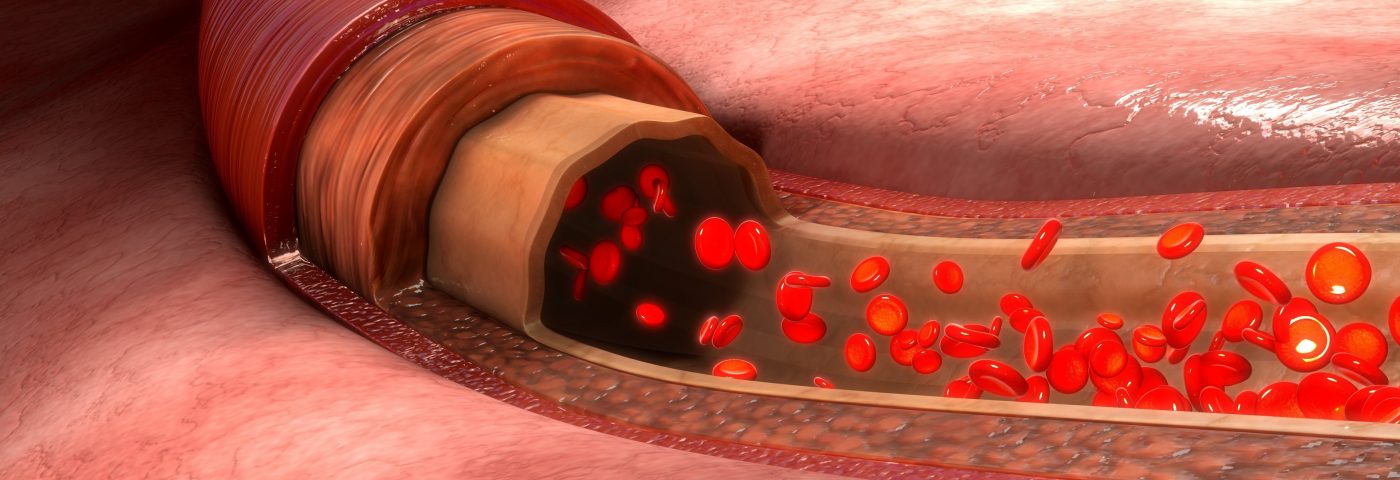Researchers found that the oral drug cilostazol is a potential oral therapy for ameliorating Raynaud’s phenomenon in patients with systemic sclerosis (SSc).
The study “Efficacy of cilostazol for the treatment of Raynaud’s phenomenon in systemic sclerosis patients” was published in the journal Clinical and Experimental Medicine.
Raynaud’s phenomenon, one of the most common early symptoms in patients with SSc, is characterized by a constriction of blood vessels (vasoconstriction) and reduction in blood flow in certain blood vessels. This often is triggered when a patient moves from a warm to a cold environment.
There are several therapies targeting Raynaud’s phenomenon, but their efficacy is still low or is associated with significant side effects. The only recommended therapies include dihydropyridine-type calcium channel blockers, and intravenous iloprost. Moreover, the efficiency of oral therapy for Raynaud’s phenomenon remains very low, so there is a clear need to find new drugs that can be administered orally.
Cilostazol is an oral selective inhibitor of phosphodiesterase-III with several properties, including antiplatelet, antithrombotic and vasodilating characteristics.
The team of researchers in this study investigated the effect of cilostazol on Raynaud’s phenomenon. To this end, researchers enrolled a series of SSc patients with moderate-to-severe Raynaud’s phenomenon. Researchers evaluated the effects on vasculopathy and Raynaud’s phenomenon before and after cilostazol treatment.
In total, 21 patients participated in the study. Patients were treated with 100 mg cilostazol twice a day for 12 months. Researchers, as written in the study abstract, assessed the following outcomes: “daily Raynaud’s phenomenon attack diary documenting the frequency and duration of episodes, Health Assessment Questionnaire-Disability Index, scleroderma visual analogue scales (VAS), flow-mediated dilation, and immunological status, including endothelin 1 and interleukin 6 plasma levels.” Only 13 patients completed the study.
Cilostazol therapy resulted in a significant decrease in the daily number of Raynaud’s phenomenon episodes, as well as its duration, over a three-week period. Additionally, VAS score showed a significant improvement of patients’ perception of Raynaud’s phenomenon. The diameter of blood vessels (arteries) increased significantly after cilostazol treatment, when compared to basal levels. Furthermore, none of the patients developed digital ulcers during the study.
The study has limitations, including a non-placebo-controlled group and the relatively small sample size. However, researchers highlighted that the results suggest cilostazol as a potential oral therapy for Raynaud’s phenomenon in SSc patients, particularly in those for whom the use of other oral medications is not indicated.


